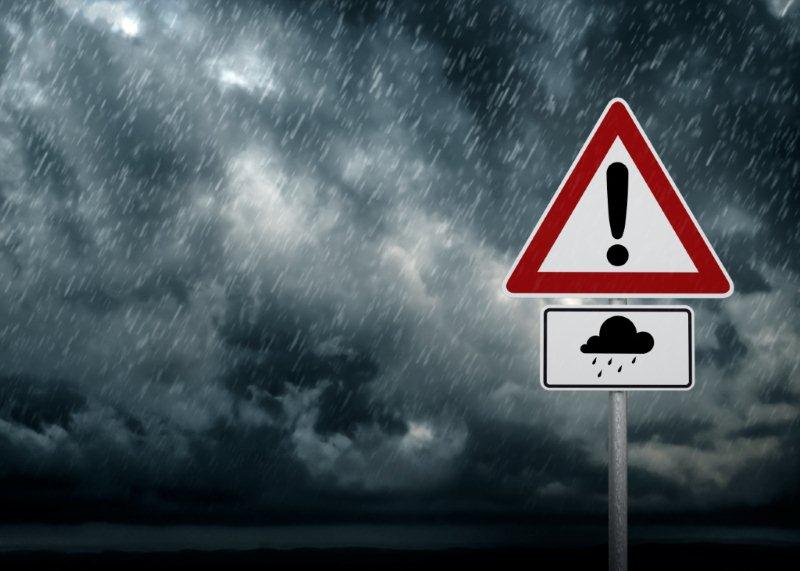
Things to be aware of for underground fuel tanks on the east coast of the Australian mainland and Tasmania.
As a result of the heavy rains and flooding there will be concerns about water ingress into underground fuel storage tanks.
A correct installation and proper system maintenance under the sites Environmental Protection Plan will not allow water to ingress underground tanks.
In the case of the floods, tanks should be ok as long as the Vent Pipe terminals were not underwater. If the vents were underwater and water has entered the tanks in this manner then the majority of the fuel will be contaminated. Fuel company experts will be looking into means of dealing with this on an individual site inspection basis.
The filling point of an underground tank is usually an 80mm or 100mm ‘Tight Fill’ fitting which is secured with a ‘Tight Fill’ cap and rubberised gasket. Properly fitted no liquid can pass the fitting.
In some cases tanks still have direct fill which consists of a Brass Cap and Body sealed to a galvanised pipe riser. Again these are secured with a leather gasket seal. Provided the seal is in place as it should be then no water can pass into the tank. A similar scenario applies to the Dip Point.
Normally a 40mm or 50mm Brass Body and Cap with a leather seal. In New South Wales, Stage One and Two Vapour Recovery systems have check valves that will not allow water to pass into the tank. Likewise the delivery or suction line under the pump/dispenser is attached to the tank at a one-way valve that will not allow liquid to flow back into the tank.
So your underground tanks should have survived the rains without any water ingress. However if your Fill and Dip Points haven’t been maintained and gaskets and seals are missing then there is a high probability of water entering tanks via this channel. Owner/Operators should dip all of their tanks using water detection paste immediately to avoid costly vehicle repairs if water is pumped into vehicles.
The fuel pickup point inside a tank is usually set between 80 and 100 mm off the bottom of the tank to avoid picking up sludge and grit that sometimes occurs inside tanks, but don’t think that if the amount of water is less than 80mm it will not pick it up as a good strong pump, especially submersibles, will create a vortex that will easily suck up water from 100mm away.
The only answer is to remove the water immediately and continue to monitor the water level. Replace all gaskets and seals and keep fill and dip points locked. Have your Qualified Fuel Contractor pump out the (contaminated) water for legal disposal. Don’t attempt this yourself unless you have the correct equipment, a Trade Waste Licence and a working oily/waste separator.
For unleaded and diesel product the water will settle to the bottom and you should not lose very much product. Expect to lose some unleaded as water will emulsify with it and a greater amount needs to be removed to ensure you have all water out), diesel separates completely.
Ethanol where stored at service stations: – The industry is well aware that ethanol and water simply do not mix. Ethanol requires a different type of Water Detection paste (available from MTA Products’/Stationery) and you should be checking this regularly. Your wet stock inventory of E10 is so important that this should be checked weekly. If you have any water in your ethanol tanks then the chances are that ‘phase separation’ has occurred and the entire contents of your underground tank would be jeopardised. Contact your fuel supplier for expert assistance in this regard.
A possible by-product of ever flooding could be the movement of underground tanks. Tanks that perhaps were not as full as usual present a much more buoyant vessel. The tank cavity, filled with sand or gravel becomes waterlogged which increases the uplift on the tank and the potential for the tank to surface like a submarine. Once flood waters have receded to a safe level check that the Dip Point is still in its normal position and hasn’t tilted or raised in the ground box, check that concrete slabs or bitumen cover haven’t risen. “Re-positioned” tanks could mean broken pipework; if in doubt have it checked out properly by your qualified fuel contractor.
Finally but most importantly, don’t turn pumps or consoles on electrically until your hazardous areas electrical tradesman has thoroughly checked and cleaned all of the electrical and communication components in your pumps and compressors and not forgetting signboards and site lighting.
Petroleum Editor Colin Long thanks Petrolink Engineering Pty Ltd for their input on this issue. Find them in C&I Supply-Find.


I want to get an underground water tank. Thanks for the advice about how tanks moved in floods could mean broken pipes. I’ll have to make sure to find a way to better secure the water tank.